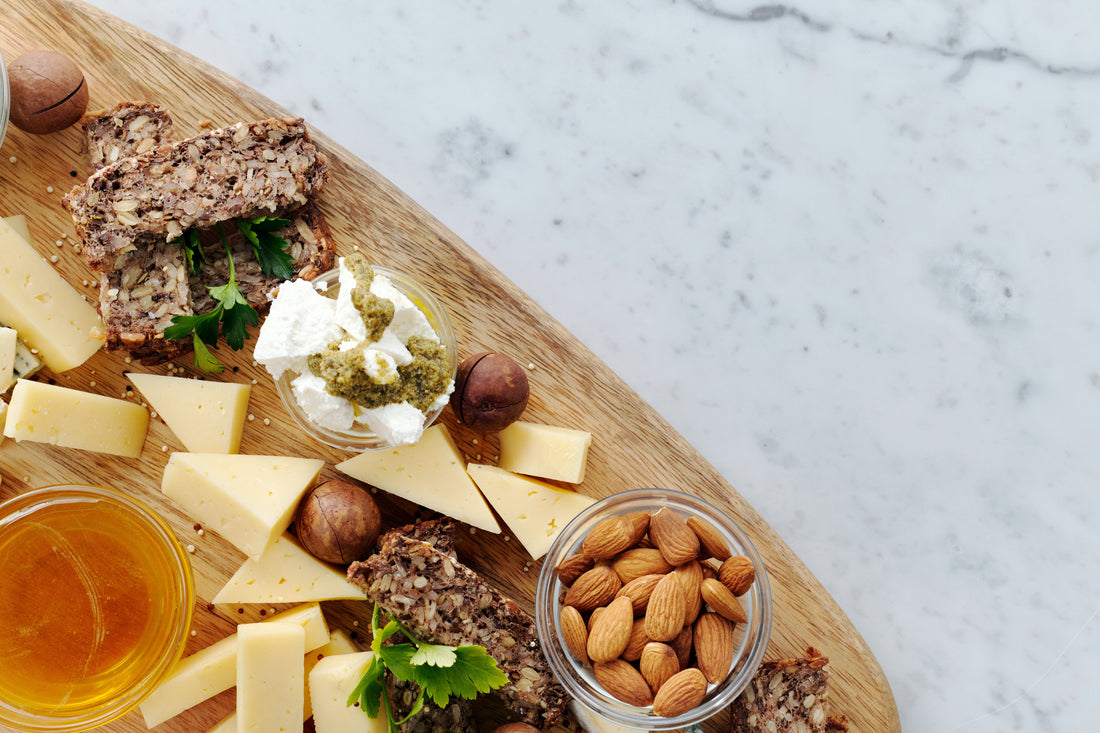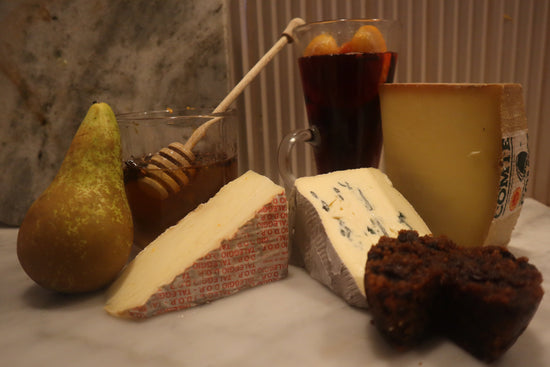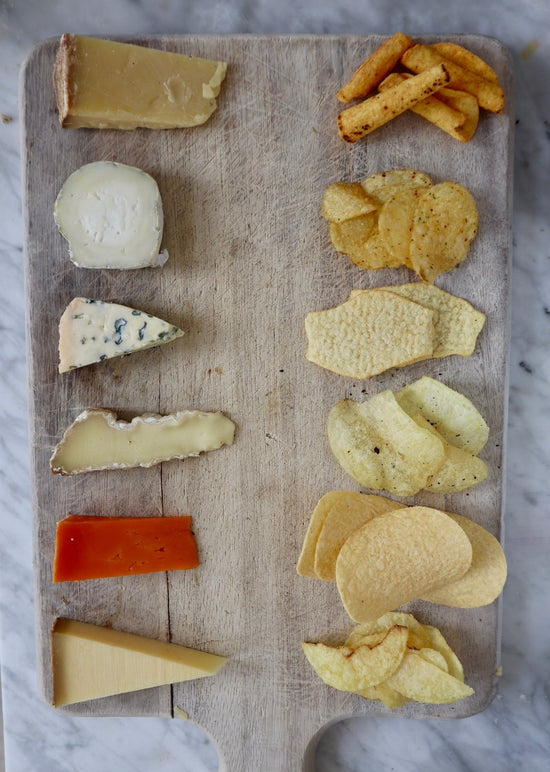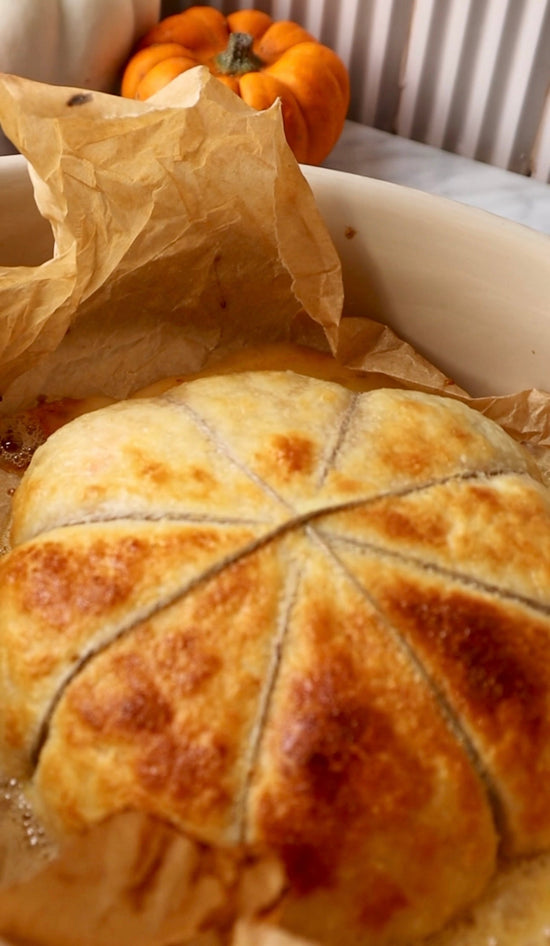It is easy to forget that cheese is a product of the land, and is therefore a seasonal product, just like fruit and vegetables. For example, although cows are milked all year round, cheeses made with cow’s milk can vary in flavour depending on the quality of the pasture the cows are feeding on.
Certain cheeses come and go as the seasons change, depending on the effects of the weather on the soil and pastures that the animals then graze on.
Although most cheeses can be enjoyed throughout the year, some are sublime at certain periods.
LATE SPRING TO EARLY AUTUMN
I believe that this is the best season for cheese production, as the temperature means the cows and goats are grazing on pastures of flowers and herbs. Most cheeses are at their prime between April and November.
At this time of the year, cows and goats move to higher grounds, where the climate is dry and the earth is rich, enabling flowers to grow. These lush pastures result in the animals producing excellent-quality milk, the flavours natural and fruity. This period is when some of my favourite cheeses are produced.
LATE AUTUMN TO EARLY SPRING
The seasonal cheese can also depend on the animals themselves: some do not cope well with cold winters and are moved inside for shelter. They are fed on a silage-based diet, which does affect the taste of the milk they produce. This
isn’t to say that these cheeses are not fantastic
– two multi-award-winning cheeses, Camembert and Pont L’Évêque, are both produced during the winter months, when the cows are being fed on
a maize diet. These cheeses are firm favourites during the Christmas period all over the world.
Another good example is the king of seasonal cheese, Vacherin Mont D’Or, from Haute-Savoie, an incredibly indulgent runny and soft cheese, with a rich, nutty taste, excellent for fondues. This cheese is only available from September to March, but it really is worth the wait.

CHEESE FROM THE MOUNTAINS
When I think of incredible French cheeses, I think of the artisanal cheeses of the Alps and Pyrenees. These are perfect examples of seasonal cheeses:
in the summer the herds move up to the flower- filled fields of the high mountains and eat their fill of fragrant grasses. As soon as the first snow starts to fall, the herds begin to make their way down the mountain, continuing the milking and cheesemaking process as they go. When they arrive at lower ground, it is winter, the cows are kept in sheds, and the winter cheeses that are produced have a very different flavour. These full, nutty, rich cheeses are still highly sought after.

5 Best Cheeses to Eat in each season
Cheese is of course one of my favorite things to eat. There's so much variety and each cheese is better in a different season. This post will detail the best seasonal cheeses to try through out the seasons. So when you are planning your next cheese board or cheese and wine night don't dont forget to buy cheeses that are in season - In this article, we'll go though the best cheeses you can try throughout the seasons.
Spring - Cheeses that are produced in spring made with milk collected in the late wintertime are often a pale yellow colour and have a much higher moisture content than cheeses produced later in the year. You'll find these cheeses tend to have quite a subtle flavour as the cows haven't been eating much so won't have built up much fat in their milk.
Top 5 Spring Cheeses
St. Maure , Valencay, Parmigiano Reggiano, Brie de Meaux & Artisan Cheddar Montgomery
Summer - When the cows start to eat lots of lush grass, herbs and flowers the cheese will have a richer, grassier flavour. This is because the seasonality of their diet reflects on the milk they produce. The longer days also mean cows are producing more milk which means cheesemakers can make bigger wheels of cheese.
Top 5 Summer Cheeses
Roquefort, Beaufort, Camembert de Normandie, Bleu de Auvergne & Cornish Brie
Autumn - During autumn, cows will be eating to build up fat reserves for when they go into winter so you'll be able to taste this richness in their milk. Cheese made during autumn tends to be more nutty, sweet and milky as a result.
Top 5 Autumn Cheeses
Our Autumn cheese board, Roquefort, rosemary manchego, Fourme D’Ambert,
Winter - As you can probably imagine there's not much grass around during the winter months so cheese made at this time of year will be made with hay rather than fresh grass. These cheeses tend to be drier.
Top 5 Winter Cheeses
Vacherin Mont d’Or, Colston bassett Stilton, Extra Mature Comte, Epoisses, 18 month mature montgomery





